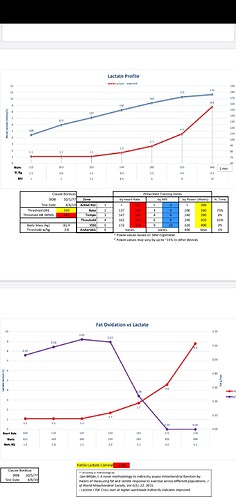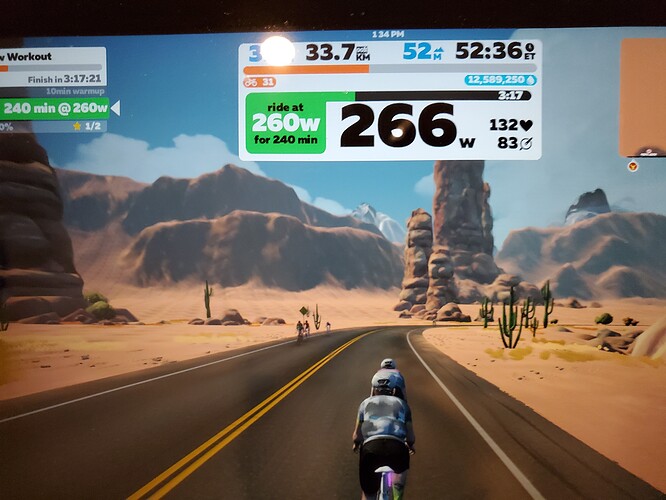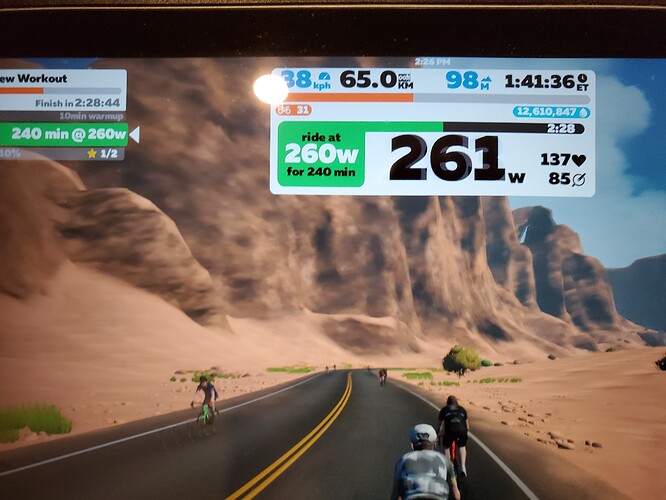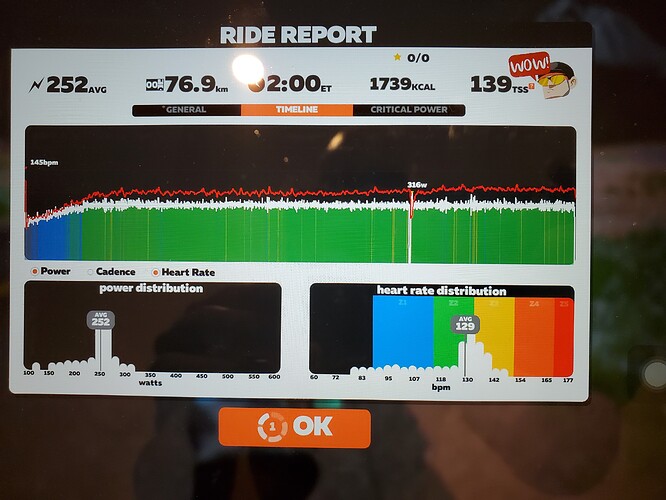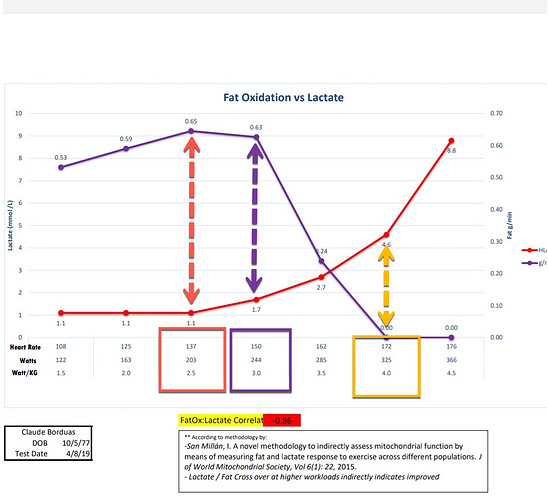Hi @CEBorduas, thanks for your question!
There are some other resources that you may have already seen, but will reference here for anyone who has the same question:
- Zones are a range, not a specific number
- 3 types of rides you should do
- How steady should your LSD rides be?
On to your questions about the zone 2 ride. When I was working with Dr. San Millan, we would set that upper end of zone 2 basically at your VT1/LT1, and it looks like that’s where you have yours set. From your sensations of a 2 hour ride at 250w, this would certainly still accomplish a zone 2 ride, but due to the amount of fatigue potentially built in, may be too high. With a narrow HR band, it’s completely reasonable to let yourself go into zone 1 during those rides. You will still get all of the benefits. You may, in fact, generate more benefits by allowing yourself to ride at that lower HR from time to time.
I would consider the entire band of <135 and up to 145 as your “base” range, knowing that for a 3-5 hour ride, you might realistically do 125-130bpm.
Not knowing your exact physiology or seeing your rides, it’s hard to say where exactly you should be riding, but from your original post, I get the sense that 250w for 2 hours is fine for 2 hours of riding, but not for longer base rides. Because of that, I would encourage you to work at a lower part of that HR range, allow the power/HR to drop into zone 1, and then build your time and effort from there.
As an example, here’s a “zone 2” ride from my training over the winter
You can see this labeled as zone 1, HR averaged 116 and power was 153w. EF of 1.33 and power:HR was 1.27.
Here’s another “zone 2” ride from just a week ago
This one is labeled as zone 2, HR averaged only 121, so not far from earlier in the season and still well within “base” (this was actually still my zone 1 HR range), but the difference in power was 33w with an average power of 186w. So this also shows EF of 1.63 and power:HR of 1.39.
This was done by taking the approach of limiting how far I push into the upper end of zone 2 early in the season and allowing the fitness to come gradually. It’s a long-term process (this was January through May) and I personally find that starting at the top end of zone 2/VT1/LT1 and expecting to ride at that intensity all the time is a mistake. I encourage those lower HR numbers as a way to allow for more rest from the hard stuff, and allow for low-stress base rides to be accomplished without energetically overloading the body. In terms of how much to do in order to achieve the desired goals, it’s really going to depend on the goals - you can achieve excellent results with 60-75 minute base rides. This will lead to a certain outcome (e.g., you won’t be competing in the P-1-2 category with that), and if you want a higher outcome, it will require more time. So that “how much” question is really a sliding scale, but my take-home message is that you can accomplish a lot of good adaptations from relatively little time spent at that base intensity.
Coach Ryan


